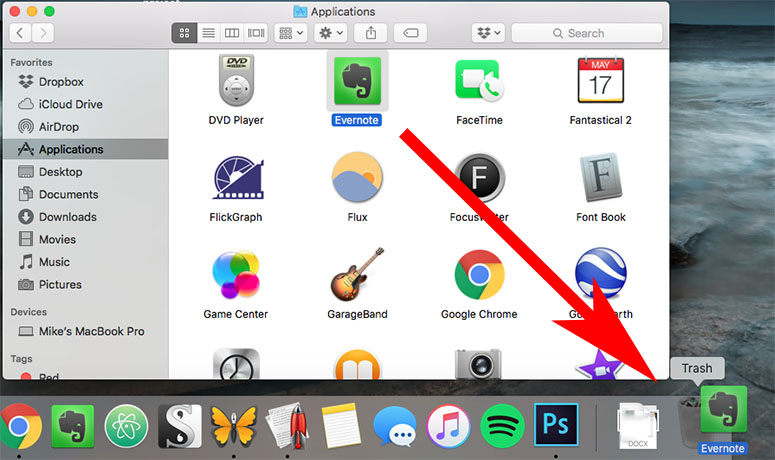
- UNINSTALL A PROGRAM ON MAC LION HOW TO
- UNINSTALL A PROGRAM ON MAC LION MAC OSX
- UNINSTALL A PROGRAM ON MAC LION DOWNLOAD
- UNINSTALL A PROGRAM ON MAC LION MAC
The program is uninstalled, now it’s time to get rid of support and preferences files. You can also use Command + Shift + Del combination to empty the trash. If you are sure that the program in the Trash needs to be uninstalled, right click on the Trash icon, then choose Empty Trash and confirm it.You can always get your programs or other files back from the Trash in case you delete anything by mistake. When it’s done you can hear a specific sound of a crunched paper. Drag-and-drop icon of the program to the Trash on the Desktop.If it’s not, open the Applications folder and browse for it. If it’s icon is placed on the Desktop, read on. First of all, you need to find the program.
UNINSTALL A PROGRAM ON MAC LION MAC
We should take two simple steps to delete a program in Mac OSX. These files will need to be deleted manually or by a program.

Nevertheless, there may be some so called “junk” files that stay after the program has been deleted. Then just empty your Trash and that’s it, the application is uninstalled from your computer. You can delete the program by sending it to the Trash. There is no need to run uninstallation process to get rid of any application.
UNINSTALL A PROGRAM ON MAC LION MAC OSX
If you booted from a USB disk, click “Continue” to advance to the installer.The process of deleting programs in Mac OSX is much easier than in Windows. If you booted from a functioning recovery partition, click the “Reinstall macOS” button. With your information wipe complete, you are now ready to reinstall macOS. If you choose three or five passes, you might want to leave this running overnight. If you opted to wipe your drive securely, this might take a while-30 minutes to an hour is not unreasonable for one pass. Just give your drive a name (I recommend “Macintosh HD”, just for consistency’s sake), then click “Erase” to start the overwriting process. You only need to write over a drive once to securely wipe it, but if you’re paranoid you can also wipe it three or five times.Ĭlick “OK” once you’ve decided, but remember: if your Mac has a solid state drive, you do not need to use these options. Now move the dial up, to randomly write data over your entire drive.

You still need to wipe the drive, however, or your files will remain in place, so skip to the end of this step to do so.) (If your Mac has a solid state drive, you can skip this part: your SSD will already securely erase files thanks to TRIM. If you’re wiping a mechanical drive, click “Security Options” in the window that pops up. Click your primary drive, then click “Erase” If not you can find Disk Utility in the menu bar: click Utilities then Disk Utility. To get started, click the Disk Utility option.ĭepending on how you started Recovery Mode, you may be presented with the option to start Disk Utility right away, as seen above.
UNINSTALL A PROGRAM ON MAC LION HOW TO
We’ve shown you how to securely wipe a hard drive with your Mac, and doing so in Recovery Mode isn’t really different from doing so within macOS. If you want a truly clean installation, however, you need to first wipe your hard drive. We recommend backing up files before you do this, just in case, but otherwise you’re ready for step three. Your user accounts and files will stay exactly where they are-only your operating system will be overwritten.

If you want to re-install your operating system, but leave your files in place, you can skip this step. RELATED: 8 Mac System Features You Can Access in Recovery Mode Step Two: Securely Wipe Your Hard Drive (Optional) Once you’ve managed to open up the Recovery Mode in some fashion, we can move on to wiping your drive securely.
UNINSTALL A PROGRAM ON MAC LION DOWNLOAD
You can access recovery without a partition using Network Recovery: hold Command+Shift+R while turning on your Mac and it will download the Recovery features for you. Failing that, you can create a bootable USB installer for macOS Sierra, and boot from that by holding “Option” while turning on your Mac. If neither of these options work, don’t panic! You’ve got a couple of options yet.


 0 kommentar(er)
0 kommentar(er)
